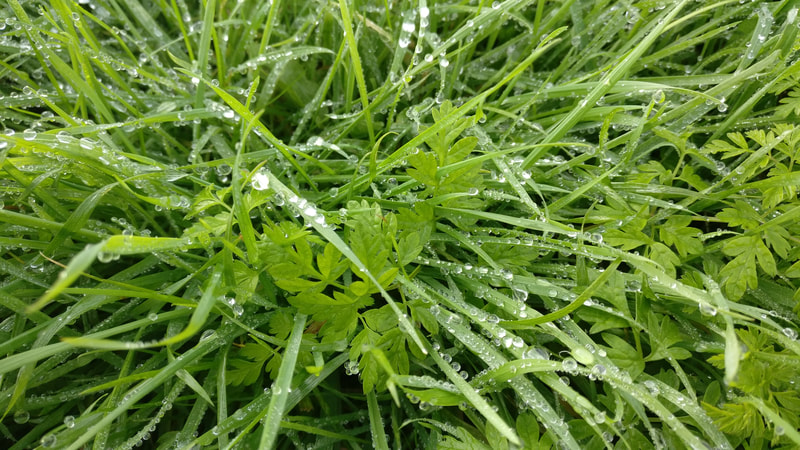|
Today was the coldest day so far of the project, but the 2km walk down Church Street in Tollesbury to the sea wall soon generated some heat. The puddles were iced over but many of them had been broken by the tractor that had passed me in the opposite direction. The driver returned my wave, a gesture of acknowledgment, of our presence in that place at that time. There were quite a few birds in the hedgerows, but I could only identify blackbirds until I reached the point of the path where it forks, and I headed left. Two buzzards took off from the field and slowly soared up and away, heading gently north.
Being mindful of my clumsy entry in Maylandsea, I walked slowly and carefully as I got closer to the river, but my quiet and gentle movements were somewhat derailed by three dogs greeting me in a flurry of fur. ‘’Sorry about that’. ‘Morning. It’s fine.’ I proceeded and noticed that there was an incline, probably made for a motorised vehicle, sloping up from the lower level of the land to the higher level of the sea wall, so I stopped at the bottom of it and assembled my kit. I was unsure as to the state of the tide, and if there were any exposed areas of mud where birds might be, but I could hear some geese and a wading bird on the other side. I slowly crept up behind the iron defences and placed my tripod just behind it, but high enough that it would capture the sound of the river directly. A quick peek was all that I risked and I could see that the tide was heading out to reveal some mud and rocks, where some birds had gathered, including an Oystercatcher and some Brent Geese. I sat on my chair midway down the incline, facing inland this time, and waited.
Most of the sonic activity came from the river and I could hear several birds calling, and a flock of geese passing, with only a few gulls and a couple of crows passing past on the land side for quite some time. Baker mentions that he always wore the same clothes when out birdwatching, which would identify his as a certain person in the eyes of the Peregrine, so I have decided to follow his advice. The coat that I prefer to wear for recording in the winter isn’t waterproof, but I think that this gives it a distinct advantage as its very quiet and doesn’t rustle, which enables me to make notes or move about slowly with much less chance that I may record myself if I’m in close proximity to the mics. It’s not always possible to remove oneself far enough away from the mic whilst recording, especially in my experience of recording mostly urban environments, although I have found this easier in the rural environment.
Bird scarers go off occasionally, doing their job and sending up birds from their grazing time. But this can be a serious problem for their energy levels if the birds spend too much time flying and not enough eating. Between the aircraft passing over head I see two men walking this way down the path, but they walk directly up on to the sea wall and head the other way, west, along the river. Their visibility immediately startles the birds who give out warning calls. The men have binoculars on a monopod but don’t stick around long before heading off. Then all settles down to become quiet again. A few flocks of small birds playfully fly back and forth but I can not identify them. Using the RSPB book they look like a Reed or Corn Bunting but as they’re pretty rare I’m rather doubtful. A (probably) husband and wife couple approach with their binoculars in hand and ask if have seen anything interesting. They had also seen the buzzards but nothing els remarkable, although I would have like to have asked them what the mysterious Bunting like birds was, but they were now nowhere to be seen. We chatted for a while about recording sound, the tide, Twitchers and birdwatchers, Tollesbury and the local paths. As they headed off again they said that they would stay below the sea wall so as not to disturb any birds and actually walked quite a way before scaling the sea wall to get a view of the river, whcih was very kind of them. I was slightly dejected after having not observed all of the birds on the river, especially as there wasn’t so many birds in land, but on the way back I saw quite a lot more birds including Fieldfares, Sparrows, more of the Bunting like birds, a goldfinch and most impressively, at about 15 meters distance, a female Sparrowhawk who very calmly drifted past
0 Comments
Leave a Reply. |
Details
AuthorInspired by J A Baker's The Peregrine, recording the sonic landscape around the River Blackwater, Essex. Funded by Arts Council England's Develop Your Creative Practice grant 2019 - 2020. Archives
December 2023
Categories |




 RSS Feed
RSS Feed
